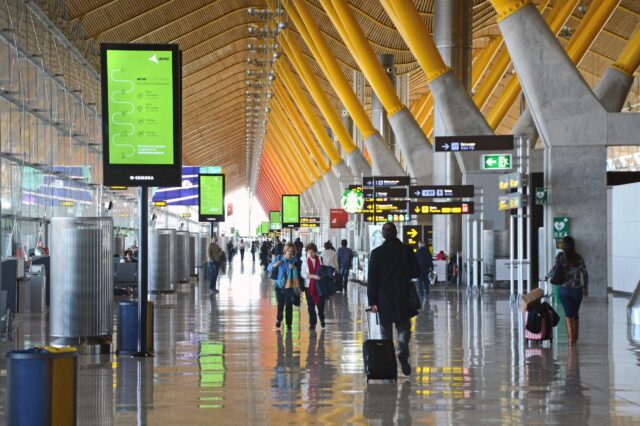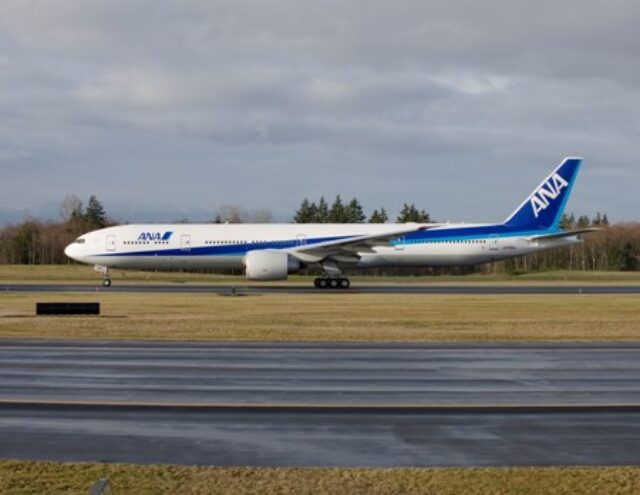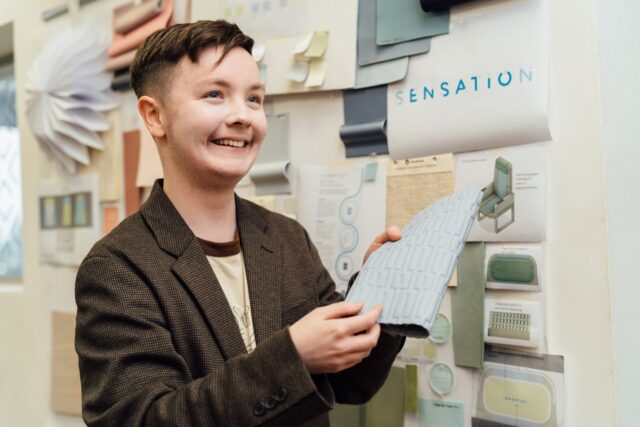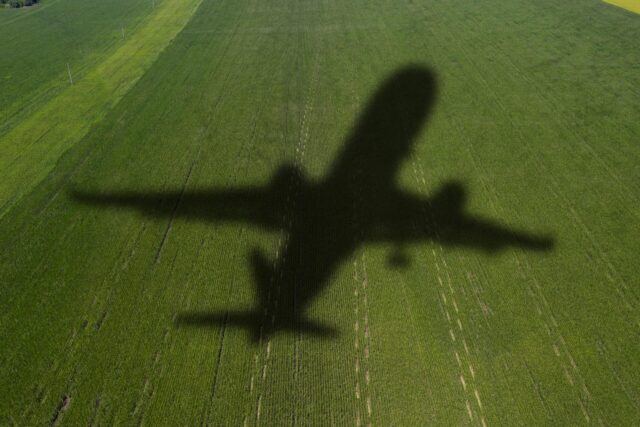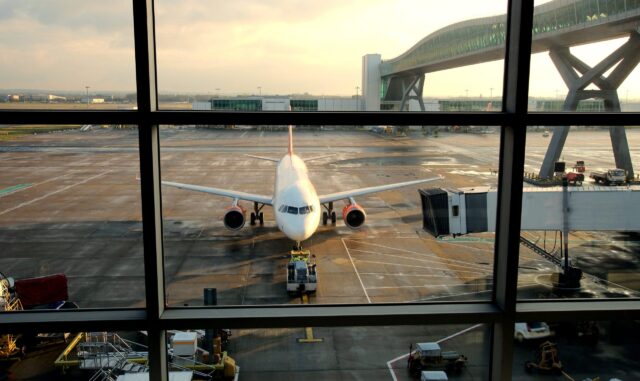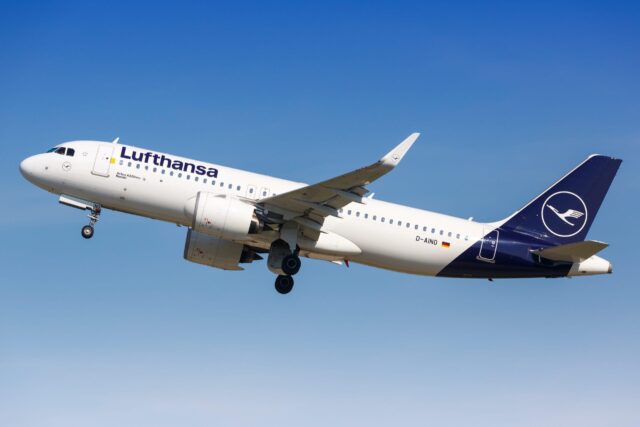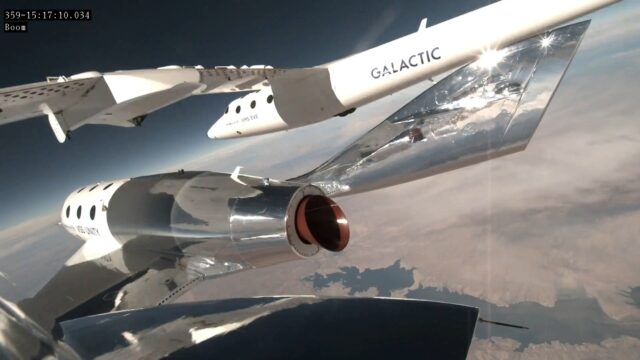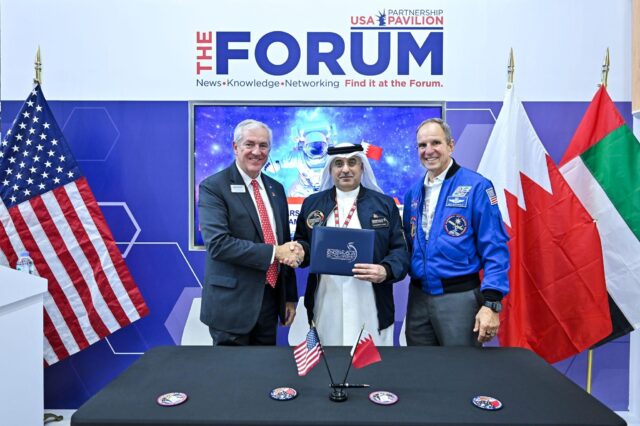Paris Air Show: JEKTA CEO outlines next steps for amphibious aircraft

June 20, 2025

As amphibious aircraft developer, JEKTA, advances its certification campaign with scaled prototype flights and a hydrogen partnership plan, JEKTA CEO George Alafinov tells Aerospace Global News about what’s in the pipeline and why the UK is key to his growing focus on hydrogen propulsion.

JEKTA, the Swiss developer behind the all-electric PHA-ZE 100 amphibious aircraft, is ramping up its certification efforts with a series of scaled prototype tests. Speaking to Aerospace Global News earlier this week in Paris, Alafinov explained how JEKTA is progressing its certification. While tests for the amphibious aircraft were initially conducted with digital simulations, additional tests have now been begun using a 1:9 scale flying prototype.
“We’re in a space where aviation and maritime meet,” Alafinov explained, referencing the dual need to validate both aerodynamic and hydrodynamic performance. “Our scale model features the same wing profile, distributed propulsion layout and geometry as the full-scale final model.”
Second round of test flights planned at an undisclosed location
Testing is currently taking place behind closed doors, with a second round of test flights scheduled for later this year – August or September according to Alafinov – at an as yet undisclosed location. “We are validating everything internally before releasing images or performance data,” he added. “The testing is a cornerstone as we progress towards certification.”

Alongside the testing of its scaled model, JEKTA is preparing to trial full-scale propulsion components – including engines and propellors – on a lightweight amphibious aircraft which is being built in-house. “We need to assess noise, vibration and passenger comfort, which are all key factors for modern operators,” continued Alafinov. “Today’s passengers care about more than performance. Noise pollution and engine vibration matter when it comes to their experience,” he added.
On track for 2030 entry into service
Alafinov is confident that JEKTA is on track for its PHA-ZE 100 to begin operations by the end of 2030. “We adjusted that date 18 months ago but are still holding firm on a 2030 entry into service,” he said. The biggest variable currently is the certification path for its hydrogen fuel cell system. JEKTA is working closely with ZeroAvia on this, as he explained that his growing focus on hydrogen propulsion hinges on regulatory developments in the UK. ZeroAvia is collaborating with the UK Civil Aviation Authority to achieve that.

“The UK is the most advanced regulator when it comes to hydrogen fuel cells,” according to Alafinov. “We’re looking to actively engage with the UK CAA to be one of the pioneers of hydrogen-powered aircraft certification. It’s not just about engineering anymore—it’s about political agreements, bilateral recognition, and international pathways to approval.”
According to Alafinov, countries like Saudi Arabia, the UAE, Malaysia, and Indonesia are key target markets for his amphibious aircraft, so UK certification must also be accepted in those jurisdictions to streamline commercial deployment.
With JEKTA already engaged with various operators, including Solyu and Seaplane Asia, for its amphibious aircraft, the developer’s presence at Paris Air Show was focused on supply chain development. “We’re not here for investors or customers. We came for suppliers, and we’re achieving that goal,” Alafinov concluded.




